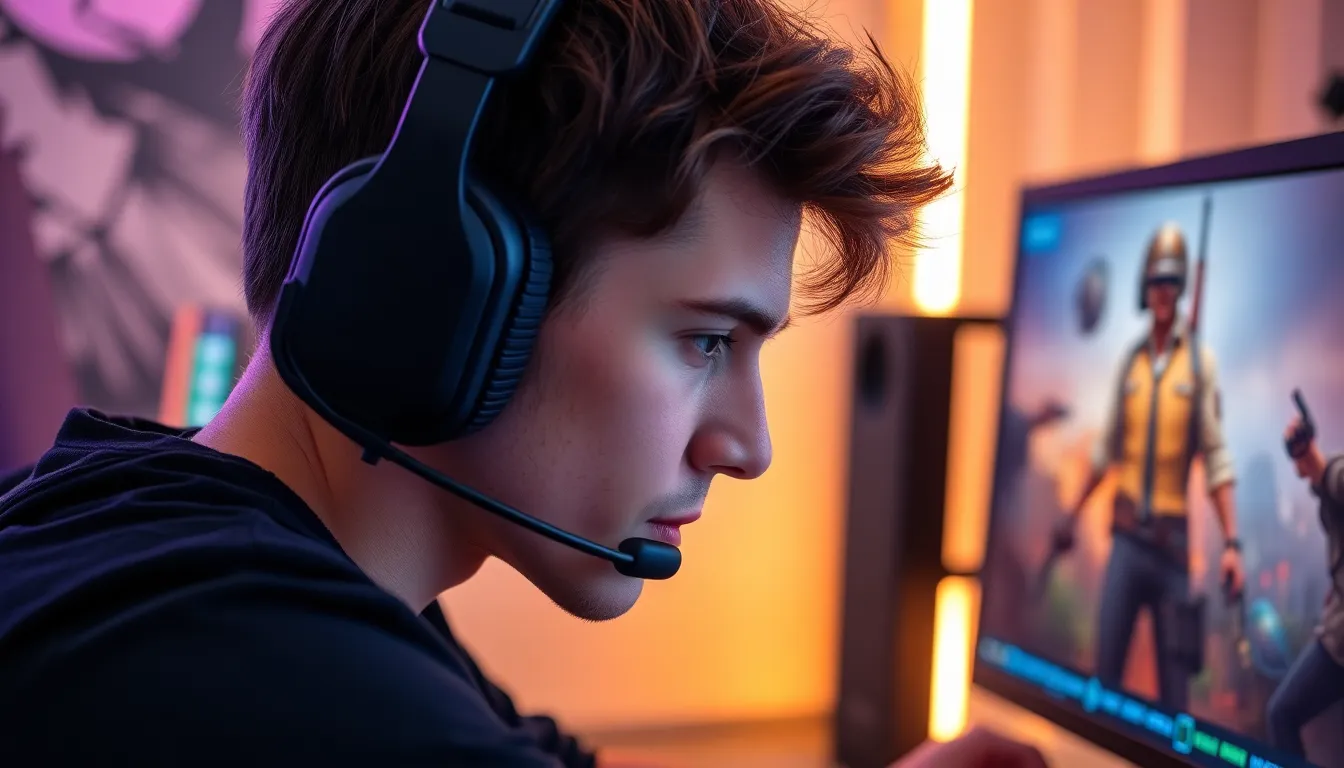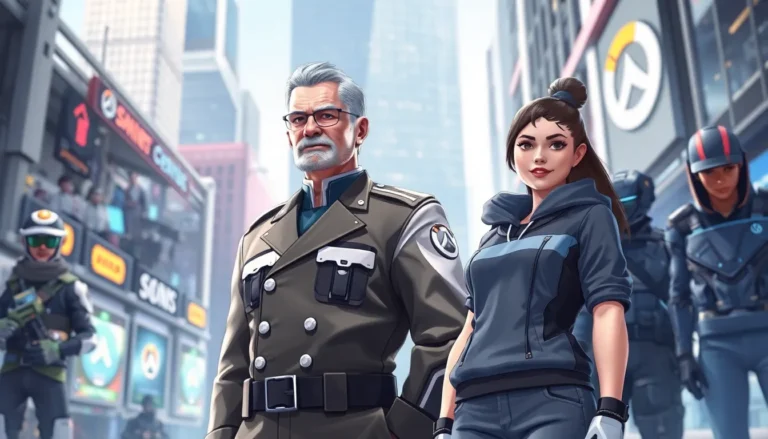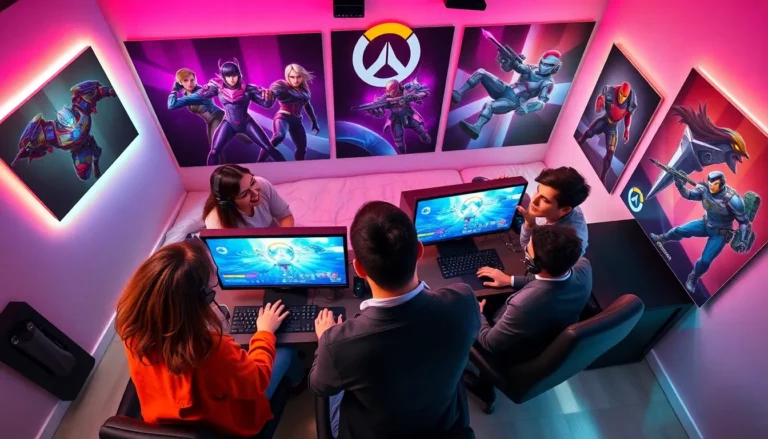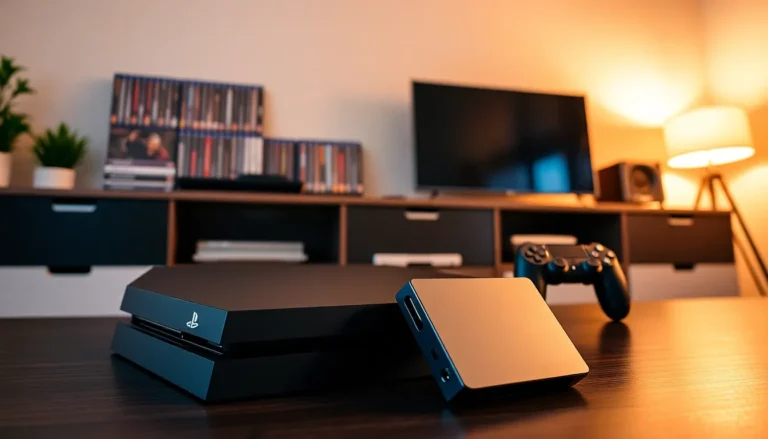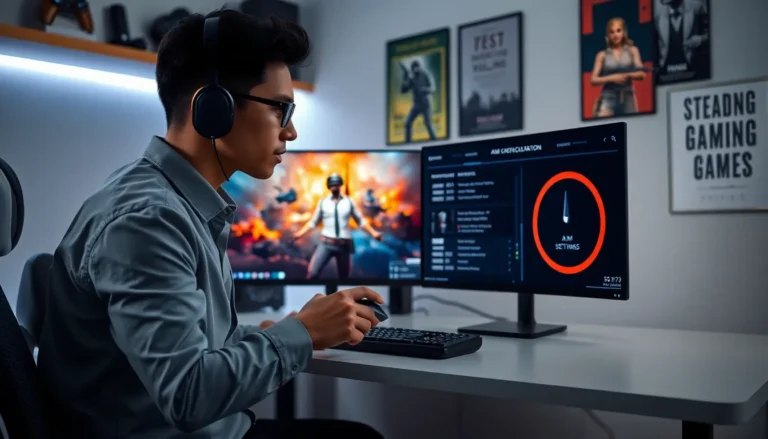Table of Contents
ToggleAs gamers dive into the intense world of PlayerUnknown’s Battlegrounds (PUBG), the right graphics settings can make all the difference between victory and defeat. With its expansive maps and detailed environments, optimizing these settings not only enhances visual quality but also boosts performance. Whether players are on high-end rigs or budget systems, tailoring graphics options can elevate the gaming experience.
Understanding how to adjust these settings can be overwhelming, especially for newcomers. From frame rate to resolution and texture quality, each adjustment impacts gameplay. This guide will walk players through the essential graphics settings in PUBG, ensuring they get the most out of their gaming sessions while maintaining smooth performance.
Overview of PUBG Graphics Settings
PUBG offers a variety of graphics settings that allow players to tailor their visual experience. Players can adjust these settings based on their hardware capabilities and personal preferences.
Graphics Quality Settings
- Low: Provides a basic graphical experience with minimal details. This setting boosts performance, especially on lower-end systems.
- Medium: Balances visual fidelity and performance. It enhances details without compromising frame rates significantly.
- High: Delivers superior visual quality, showcasing intricate details and textures. This setting demands more from the hardware, often resulting in reduced frame rates on weaker systems.
- Ultra: Maximizes graphical fidelity, offering the best visual experience. This setting is intense on resources and suits high-end gaming rigs.
Resolution
Resolution affects visual clarity. Higher resolutions provide sharper images but can reduce frame rates. Common options include:
- 1920×1080: Standard for most monitors, balancing performance and quality.
- 2560×1440: Delivers increased detail but requires more powerful hardware.
- 3840×2160 (4K): Offers exceptional clarity but significantly impacts performance.
Anti-Aliasing
Anti-aliasing smooths edges in visuals, reducing jaggedness. Different options include:
- Off: Disables anti-aliasing, which may result in sharper edges.
- FXAA: A lighter option that improves visuals with minimal performance impact.
- TAA: A more demanding method, enhancing graphics quality but consuming additional resources.
Shadows
Shadow settings improve realism but affect frame rates:
- Low: Reduces shadow detail for better performance.
- Medium: Offers a balance of quality and performance.
- High: Enhances shadow quality at a higher performance cost.
Texture Quality
Texture quality controls the detail of objects and environments:
- Low: Reduces texture detail, boosting performance.
- Medium: Strikes a balance between detail and performance.
- High: Provides high-resolution textures but demands more from the GPU.
Effects
Effects settings manage additional visual elements like explosions and smoke:
- Low: Limits effects to enhance performance.
- Medium: Improves visual elements without substantial performance loss.
- High: Maximizes visual effects for a more immersive experience, costly in terms of performance.
Post Processing
Post-processing affects overall image quality:
- Low: Minimizes post-processing for better performance.
- Medium: Improves image quality while balancing performance.
- High: Maximizes image enhancements but at a higher resource cost.
Adjusting these settings allows players to customize their PUBG experience for optimal performance and visual quality. By finding the right balance, players can enhance gameplay, whether on high-end or lower-end systems.
Key Graphics Settings Explained
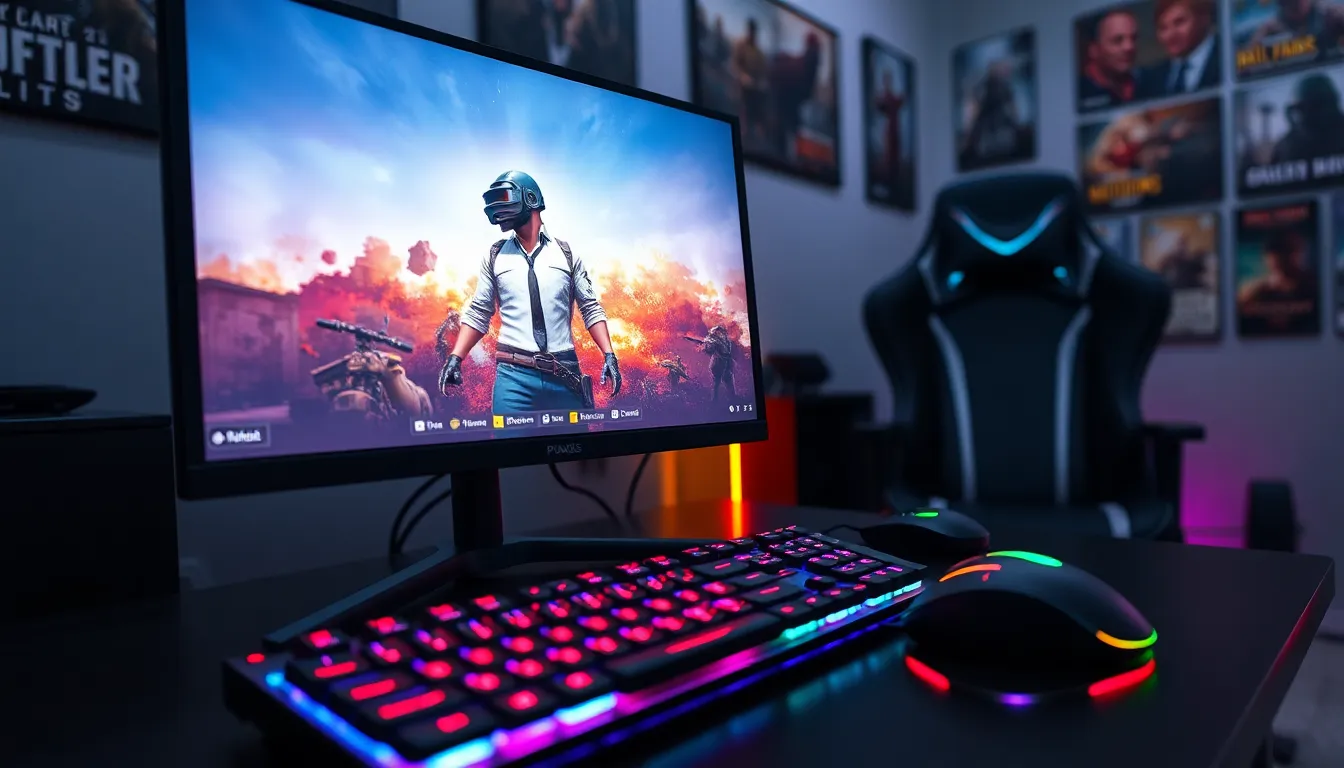
Optimizing PUBG graphics settings enhances both visual quality and performance. The following sections provide a detailed look at key settings players can adjust.
Resolution Settings
Resolution settings determine the clarity of the game’s visuals. Common options include:
- 1920×1080 (1080p): Standard for most systems, balancing performance and detail.
- 2560×1440 (1440p): Offers improved clarity but requires a more powerful system to maintain frame rates.
- 3840×2160 (4K): Provides the highest visual fidelity, though it significantly impacts performance.
Players must select a resolution that matches their hardware capabilities to ensure smooth gameplay.
Quality Presets
Quality presets simplify the process of adjusting graphics settings. The main options available are:
- Low: Prioritizes performance, reducing visual detail for smoother gameplay.
- Medium: Balances quality and performance, suitable for most systems.
- High: Enhances visual fidelity significantly but may reduce frame rates on lower-end systems.
- Ultra: Delivers the best graphics but demands high-end hardware to avoid lag.
Utilizing the right preset allows players to tailor their experience based on their device’s capabilities.
Frame Rate Limit
The frame rate limit affects how many frames per second (FPS) are displayed. Common placeholders include:
- 30 FPS: Suitable for less powerful systems, though often perceived as choppy.
- 60 FPS: The ideal target for smoother gameplay, maintaining a good balance for competitive play.
- Unlimited: Allows the game to run at the maximum FPS supported by the system, beneficial for high-end setups.
Adjusting the frame rate limit can prevent tearing and improve overall gaming experience.
Anti-Aliasing
Anti-aliasing reduces the jagged edges of models and textures. The common options include:
- Off: Increases performance but results in visible jaggedness.
- FXAA (Fast Approximate Anti-Aliasing): Balances performance and visual quality by smoothing edges with minimal impact on frame rates.
- TAA (Temporal Anti-Aliasing): Offers superior edge smoothing but may slightly lower performance.
Choosing an anti-aliasing method can enhance visual appeal without a significant performance hit.
Shadow Quality
Shadow quality settings influence the realism of light and shadow effects in the game. The choices are:
- Low: Simplifies shadows to improve performance.
- Medium: Balances realistic shadows with improved frame rates.
- High: Provides detailed shadows but can reduce FPS on lower-end systems.
- Ultra: Creates the most realistic shadows, significantly demanding on hardware.
Adjusting shadow quality can enhance immersion while affecting performance, depending on the selected option.
Advanced Graphics Options
Advanced graphics options in PUBG allow players to fine-tune their visual experience for enhanced performance and quality. Below are key settings players can adjust to optimize their gameplay.
Texture Quality
Texture quality impacts the detail of surfaces in the game, including character models, buildings, and the environment. Options range from Low to Ultra, with higher settings providing more intricate details and realistic appearances. While Ultra settings enhance visuals, lower settings improve frame rates, beneficial for players using budget hardware.
Effects Quality
Effects quality controls the visual effects in the game, such as explosions, smoke, and particle effects. High settings deliver more immersive visual experiences, showcasing vibrant effects during gameplay. Lower settings can improve system performance, making it easier to maintain frame rate stability during intense combat scenarios.
Post-Processing
Post-processing settings influence how the game renders visual elements after the graphics are processed. Features like bloom, motion blur, and depth of field fall under this category. Higher settings enhance visual fidelity but may create a performance trade-off. Reducing post-processing quality can lead to improved frame rates, especially on weaker systems.
View Distance
View distance determines how far players can see within the game world. Increasing this setting reveals distant objects in greater detail, aiding in tactical decision-making. However, setting it too high may decrease performance on lower-end systems. Players often find a balance by adjusting view distance according to their preferences and hardware capabilities.
Optimizing Performance
Optimizing graphics settings in PUBG enhances gameplay, especially for players with varying system capabilities. Adjustments can lead to smoother performance and clearer visuals.
Recommended Settings for Low-End PCs
- Resolution: Set to 1280×720 for improved frame rates. This resolution reduces the load on the graphics card while maintaining playable visuals.
- Quality Presets: Use the Low preset to minimize graphical demands. This preset disables unnecessary visual effects, enhancing performance.
- Anti-Aliasing: Turn off or set to the lowest option. This setting alleviates strain on the GPU, preventing noticeable drops in frame rates.
- Shadow Quality: Set shadows to Low or disabled. Lower shadow settings can significantly boost performance, allowing for smoother gameplay.
- Texture Quality: Opt for Low. Reducing texture details enhances loading times and maintains frame consistency on less powerful systems.
- Effects Quality: Set to Low. This adjustment limits resource-heavy effects, keeping the UI responsive during intense action.
- View Distance: Adjust to Medium. This setting balances visibility and performance, allowing players to spot enemies effectively while maintaining frame rates.
Balancing Visuals and Performance
- Resolution: Choose a resolution that maintains clarity without sacrificing frame rates, with 1600×900 often serving as a good compromise.
- Quality Presets: Experiment with Medium settings. This option provides a reasonable balance between visual fidelity and performance, suitable for mid-range systems.
- Anti-Aliasing: Enable TAA (Temporal Anti-Aliasing) for better visuals while still being efficient in terms of performance impact.
- Shadow Quality: Setting shadows to Medium can enhance realism without a drastic performance hit.
- Texture Quality: Utilize Medium settings. This offers a blend of detailed visuals without overloading the system’s GPU.
- Effects Quality: Select Medium to achieve an immersive experience while maintaining smooth gameplay.
- View Distance: Set to High for better visibility of distant objects, enhancing situational awareness while keeping performance stable.
Optimizing graphics settings in PUBG is crucial for enhancing both performance and visual quality. Players can significantly improve their gaming experience by making informed adjustments based on their hardware and preferences.
From resolution choices to quality presets and advanced settings like texture quality and post-processing, each adjustment plays a vital role in gameplay. Balancing these settings allows players to enjoy a smoother experience while immersing themselves in the game’s stunning visuals.
Ultimately, understanding and fine-tuning these graphics options can lead to a more enjoyable and competitive gaming experience in PUBG.

